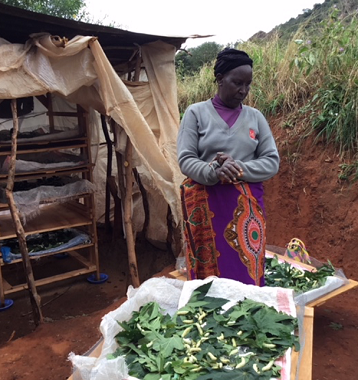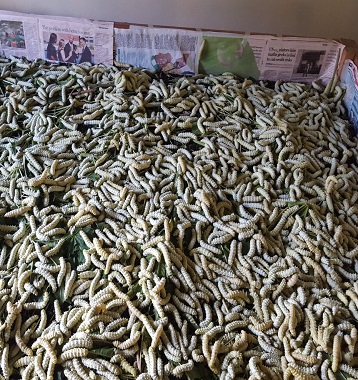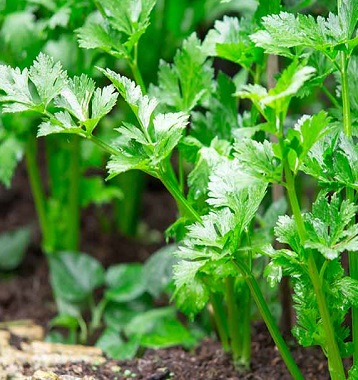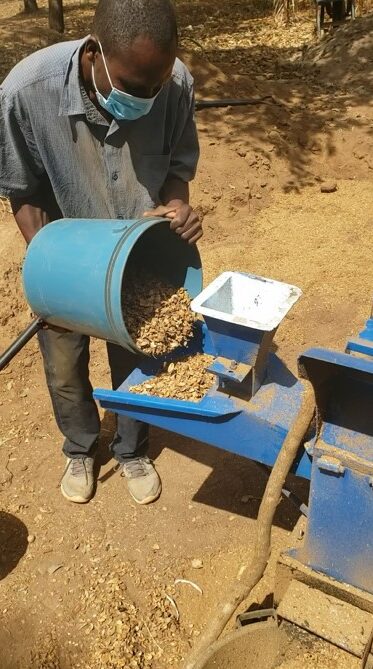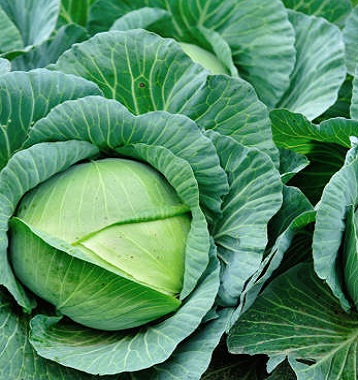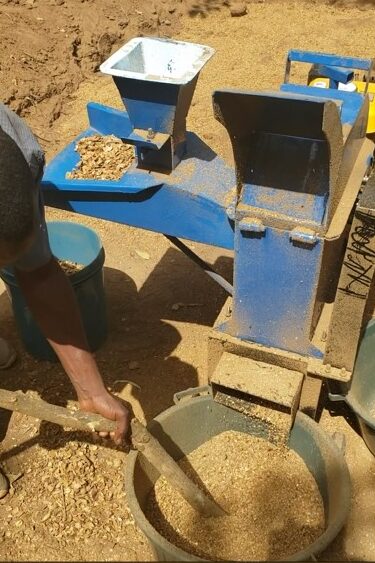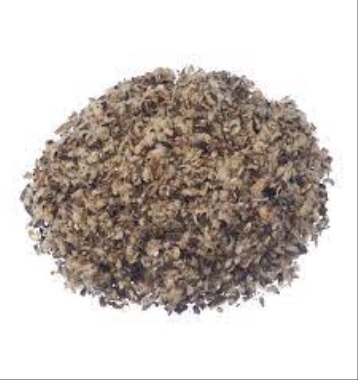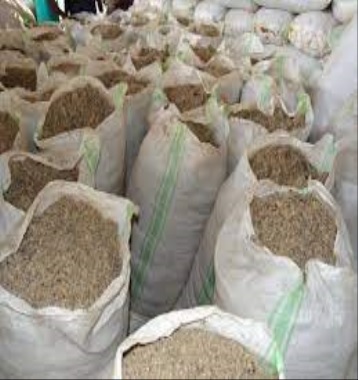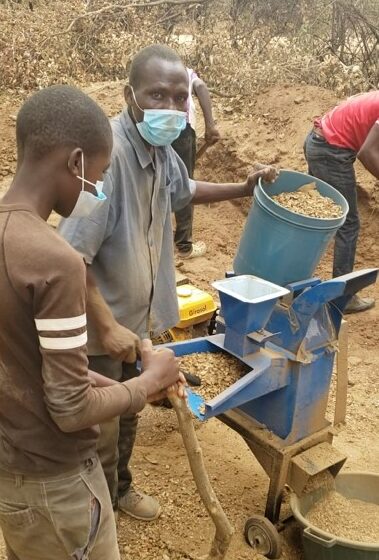
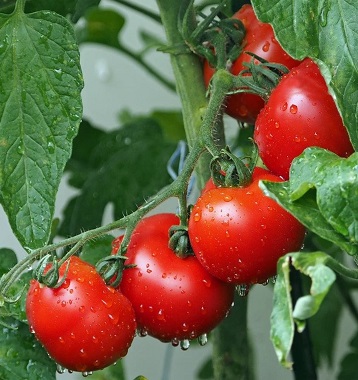
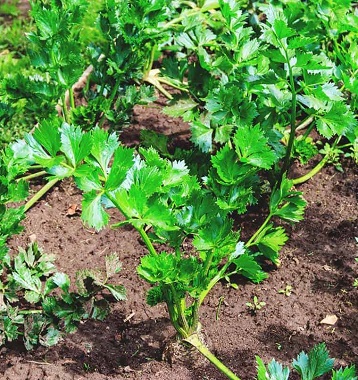

Organic Fertilized and Pesticide
TP has developed a very effective organic pesticide and pest repellent made from a long-neglected local plant. Studies have demonstrated the effectiveness of this plant’s extract against agricultural pests such as aphids, whiteflies, spider mites, and mealybugs. The peel extracts have shown both contact toxicity and repellent effects on these target pests. The peal contains compounds like polysaccharides, anthraquinones, and other secondary metabolites that can have insecticidal and acaricidal effects.
The gel extracts have been observed to exhibit contact toxicity, repellent, and growth-inhibiting effects on the target pests. These studies have generally found that the peel extracts tend to exhibit stronger insecticidal and acaricidal properties compared to the gel extracts. This is attributed to the higher concentrations of compounds like anthraquinones and saponins in the peel. However, the gel extracts have also shown significant pesticidal potential, particularly against certain pest species. The gel extracts have been observed to exhibit contact toxicity, repellent, and growth-inhibiting effects on the target pests.
Mechanism of action:
Studies have identified the key bioactive compounds in peel and gel that contribute to their pesticidal properties. The anthraquinones, such as emodin, are believed to be the primary insecticidal and acaricidal agents. These compounds are known to disrupt the nervous system and interfere with the growth and development of pests. Saponins and terpenoids have been found to exhibit insecticidal, antifeedant, and repellent effects. The mode of action includes contact toxicity, ingestion toxicity, and disruption of feeding and oviposition behavior in the target pests.
Broad-spectrum activity:
The peel and gel extracts have demonstrated efficacy against a wide range of agricultural pests, including: Sucking pests: Aphids, whiteflies, mealybugs, and scale insects Chewing pests: Caterpillars, beetles, and larvae Mites: Spider mites and eriophyid mites This broad-spectrum activity is attributed to the synergistic effects of the various bioactive compounds.
Organic Fertilizer Produce
Why The Urgent Need for Fertilizers:
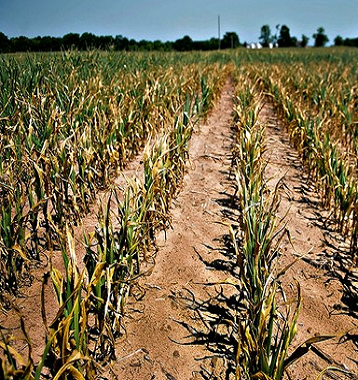
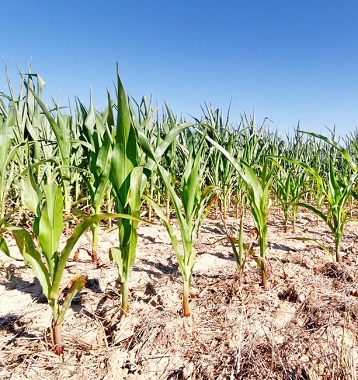
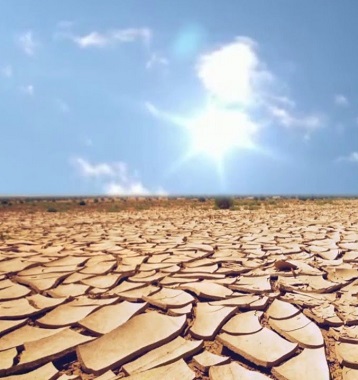
Benefits of the ingredients of our unique Organic Fertilizer: Benefits of Cotton Seed Meal as a Fertilizer:
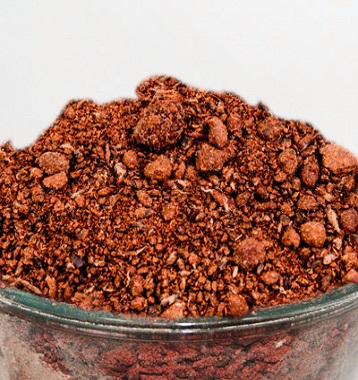
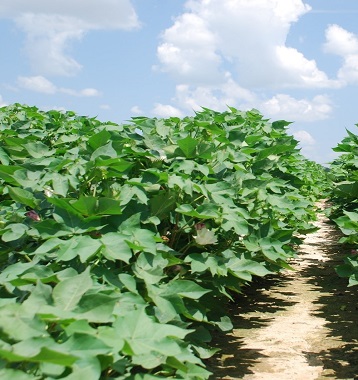
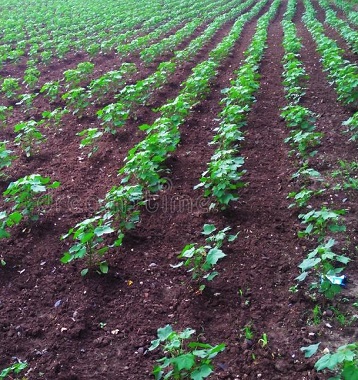
Neem Cake
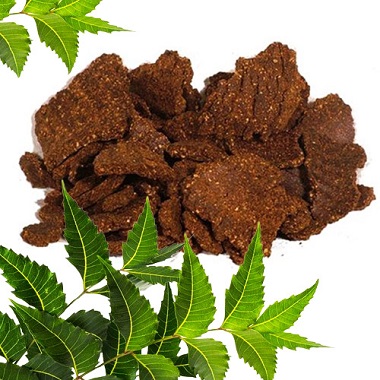
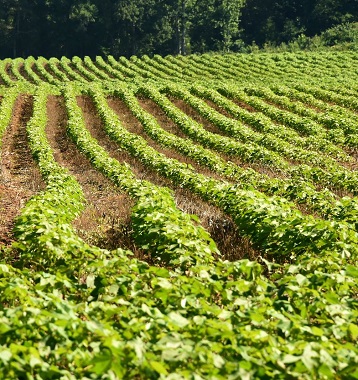
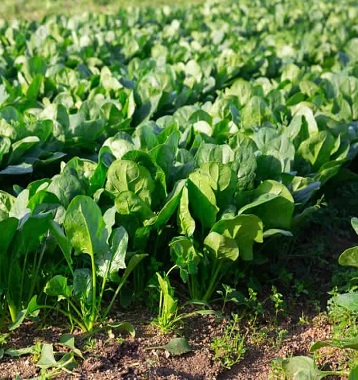
Cotton seed
Cotton seed Benefits as a Fertilizer:
Cotton nuts have relatively high nitrogen content compared to typical composts and manures. Crushed shell as nutrients works great for both backyard gardens and agricultural operations. They naturally release nutrients into the soil and help maintain a healthy pH and nutrient balance that can greatly benefit your plants. The shells strengthen the fertility and texture of the soil and add calcium drainage. This aids in the composting process by allowing air and moisture to flow through the soil.
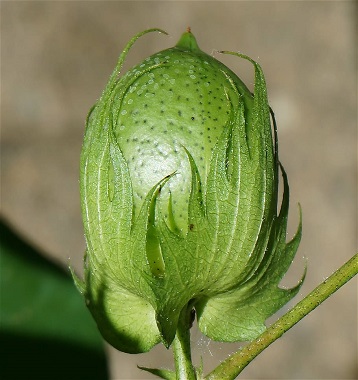
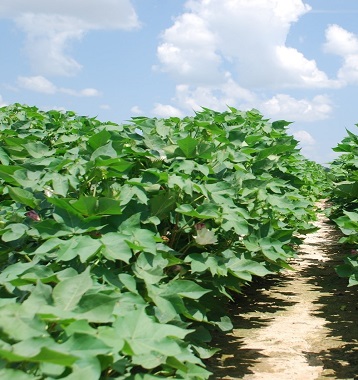

Benefits of Macadamia nut cake
Benefits of Cocopeat Fiber
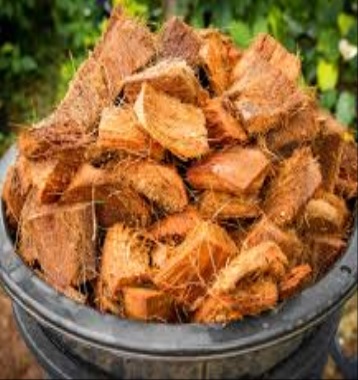
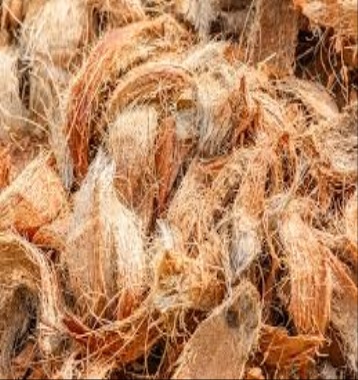
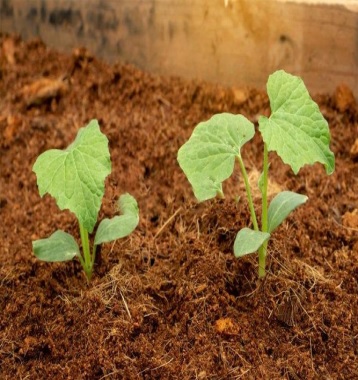
Mangos Fruit waste
Tosheka Products uses fruit waste as a component to make its natural fertilizers. It replaces the use of blackstrap Molases as a source of food for the soil organisms. Fruit have a high nutritional content and an abundance of natural sugars providing a food source to the organisms in the soil that support the decomposition.
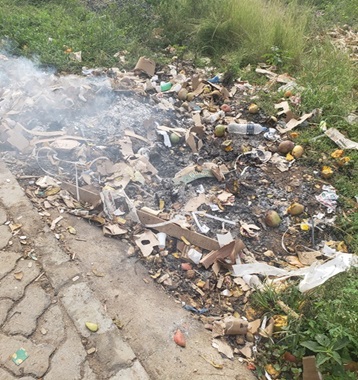

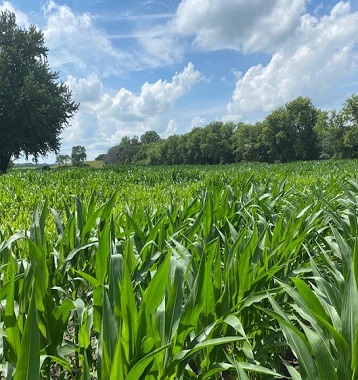
Eri Silk Frass as a Fertilizer Supplement:
Silk Frass is solid excrement or waste that comes from the process of rearing insects. Frass is often considered a great fertilizer since the creatures that produce it are eating healthy plants and recycling nitrogen. Frass granules have a unique composition of organic materials combined with nutrients, minerals and trace elements. Insect frass is just a natural form of compost, and by putting frass in your soil, you are basically feeding your plants digested plants. It carries an abundance of bacteria, fungi, amoebae, and other microbes. It is a powerful promoter of compost formation. It is high in Phosphorous, 5.37 and contains 2.08 of Nitrogen and 1.87 of Potassium.
Studies have shown its ability to deter pests such as aphids and so is a brilliant natural way to fend off unwanted pests! It also contains chitin which is a biopolymer known for eliciting an immune response and promoting growth of healthy soil microbes.
Organic materials are combined in frass with nutrients, minerals and trace elements. Together, these elements ensure growth, flowering, seed formation, ensure ripening, a strong formation of roots, tubers and fruits. Finally, the high proportion of chitin ensures the growth of good micro-organisms and enzymes. This will trigger the plant to activate its natural defense mechanisms. As a result, the crop is less attractive to diseases and pests. The result is excellent yields and naturally healthy crops.
Eri Silk Frass as a Fertilizer Supplement:
Silk Frass is solid excrement or waste that comes from the process of rearing insects. Frass is often considered a great fertilizer since the creatures that produce it are eating healthy plants and recycling nitrogen. Frass granules have a unique composition of organic materials combined with nutrients, minerals and trace elements. Insect frass is just a natural form of compost, and by putting frass in your soil, you are basically feeding your plants digested plants. It carries an abundance of bacteria, fungi, amoebae, and other microbes. It is a powerful promoter of compost formation. It is high in Phosphorous, 5.37 and contains 2.08 of Nitrogen and 1.87 of Potassium.
Studies have shown its ability to deter pests such as aphids and so is a brilliant natural way to fend off unwanted pests! It also contains chitin which is a biopolymer known for eliciting an immune response and promoting growth of healthy soil microbes.
Organic materials are combined in frass with nutrients, minerals and trace elements. Together, these elements ensure growth, flowering, seed formation, ensure ripening, a strong formation of roots, tubers and fruits. Finally, the high proportion of chitin ensures the growth of good micro-organisms and enzymes. This will trigger the plant to activate its natural defense mechanisms. As a result, the crop is less attractive to diseases and pests. The result is excellent yields and naturally healthy crops.
